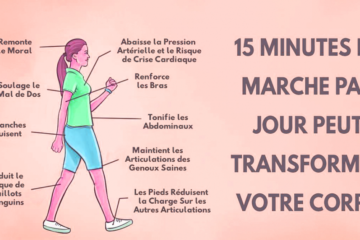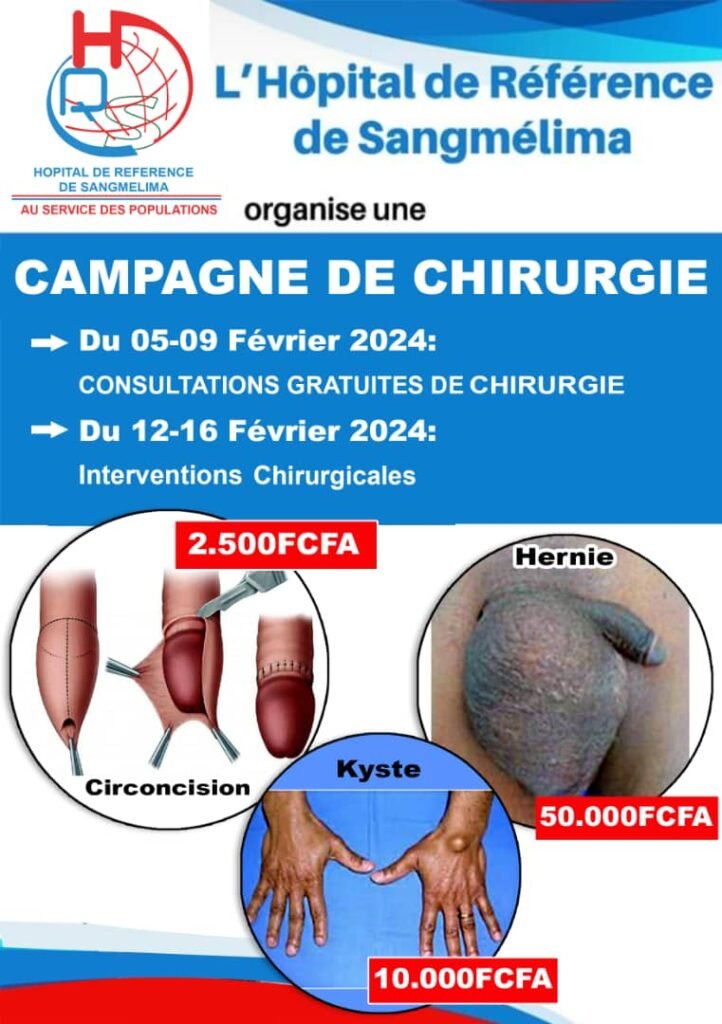Recovery after sports Ice baths are a method of therapy

They are commonly used by athletes to recover from intense exercise, but can also be beneficial for people suffering from chronic pain or other conditions. The cold causes vasoconstriction, which narrows the blood vessels and reduces blood flow to the inflamed area.
Recovering from Euro 2024 involves a number of key steps. Plunging the legs into an ice bath for 15 to 20 minutes helps to reduce inflammation and pain. Gentle, static stretching improves muscle flexibility and reduces muscle tension. A sports massage promotes blood circulation and lymphatic drainage, which helps to eliminate metabolic waste and relax the muscles.
In the 24 to 48 hours following the match, low-intensity exercise such as cycling or swimming helps to maintain blood circulation and activate muscle recovery. Wearing compression stockings can help reduce swelling and pain. A nutrient-rich diet and adequate hydration are essential for muscle repair and replenishing lost fluids.
After 48 hours, the intensity and duration of training are gradually increased to prepare the player for the next match. Exercises targeting the movements and muscles required during the match help to improve performance and reduce the risk of injury. Regular medical check-ups monitor the players’ state of health and detect any problems. In addition to these general measures, players’ recovery can also include individualised techniques based on their specific needs. For example, a player with a muscle injury will require more extensive rehabilitation than a player without an injury.
National team medical staff play a crucial role in setting up and monitoring players’ recovery programmes. They work closely with the players to ensure they are able to perform at their best and minimise the risk of injury.
Ice baths are a method of cold therapy that involves immersing part or all of the body in ice-cold water for a short period. These are commonly used by athletes to recover from intense exercise, but can also be beneficial for people suffering from chronic pain or other conditions. Cold causes vasoconstriction, which narrows blood vessels and reduces blood flow to the inflamed area. This can help reduce swelling and pain. Cold has an analgesic effect, which means it can help block pain signals sent to the brain. Ice baths can help speed up the muscle recovery process after intense exercise by reducing inflammation and muscle soreness. Cold can help reduce muscle fatigue by reducing the amount of oxygen consumed by the muscles.
Fill a bath or basin with ice-cold water. The water should be between 50 and 59 degrees Fahrenheit. Immerse part or all of your body in water. Don’t stay in the water for more than 15 to 20 minutes. Dry off thoroughly and put on warm clothes. If you feel any tingling or pain, get out of the water immediately. Do not take ice baths if you have health problems, such as heart or circulatory problems. Ice baths can be a safe and effective way of reducing inflammation, pain and muscle fatigue. However, it is important to take them correctly and to follow the safety advice. If you are thinking of taking an ice bath, talk to your doctor first.
Frieda NGO YEM (Journalism student on internship)














